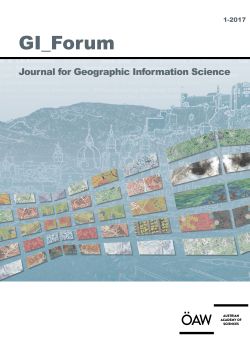
GI_Forum 2017, Volume 5, Issue 1, pp. 352-359, 2017/06/30
Journal for Geographic Information Science

The hazards posed by both accelerating rates of sea level rise and intensifying coastal storms have fostered a call for increased resiliency of coastal human communities and natural ecosystems. While sea level rise is a world-wide phenomenon, mitigating its impacts is a local decision-making challenge that requires site-specific remedies. To inform coastal communities in the state of New Jersey, USA of the risks posed by coastal flooding and to aid in adaptation planning, we undertook a series of integrated assessments to map and characterize various aspects of exposure and vulnerability. The resulting assessments have been incorporated into a suite of online decision-support tools as an outreach mechanism to aid coastal decision-makers. The tools have been incorporated under one umbrella, www.NJAdapt.org, allowing users to visualize flood hazards and sea level rise (NJ FloodMapper), to create maps (Coastal Hazard Profiler), to assess communities’ vulnerabilities, and to increase preparedness (Getting to Resilience). However well intentioned, for these online tools to be truly effective, they must be integrated into a broader decision-support system that includes substantive professional outreach and person-to-person interaction.
Keywords: place-based decision-making, sea level rise, coastal storms, flood exposure, NJAdapt